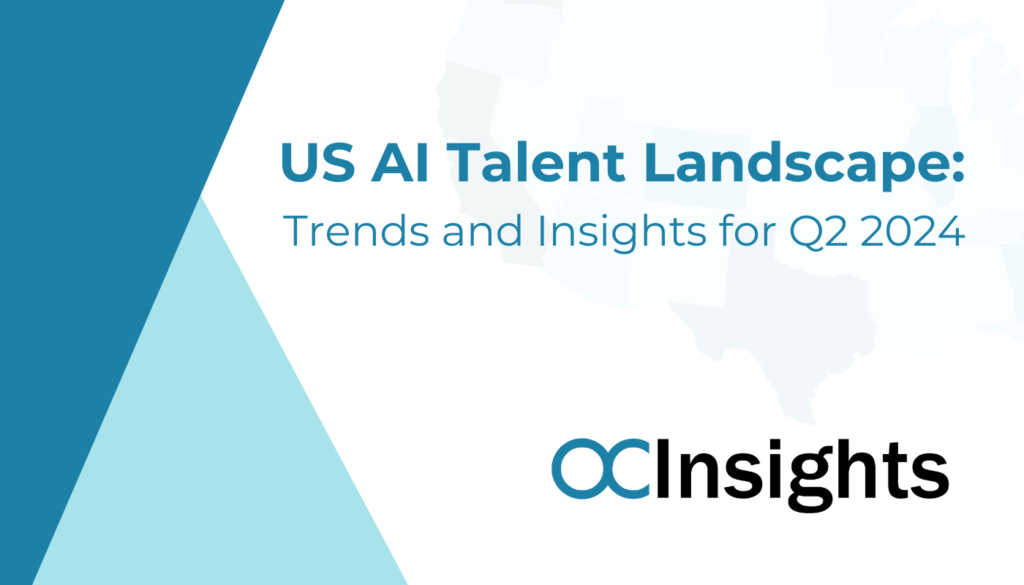US AI Talent Landscape
Trends and Insights for Q2 2024

This report provides comprehensive insights regarding AI talents across the United States It aims to equip decision-makers with a detailed understanding distribution, backgrounds, careers etc.
Table of Contents
This report delves into comprehensive insights, key trends, and statistics derived from an extensive dataset of over 40,000 AI talents across the United States, including both academia and industry. Our analysis covers academic staff and students who have published papers at top conferences such as ICML, ICLR, CVPR, ICCV, and NIPS, as well as industry professionals specializing in AI Engineering, AI Research, NLP, Computer Vision, and AI Chip Design.
The report aims to provide HR professionals and decision-makers with a detailed understanding of the AI talent landscape. It includes an analysis of geographical distribution, highlighting states with the highest concentration of AI talents. We also examine educational backgrounds, uncovering the most common degrees and fields of study, and identify top institutions that produce the majority of AI professionals.
Additionally, the report explores career trajectories, comparing paths from academia to industry, and identifies the most prevalent job titles and roles at various career stages. We provide an in-depth look at the skills and competencies in demand, emerging technologies, and the differences between academic and industry skill sets. Publication metrics and research contributions are also examined to measure academic influence.
Employer insights focus on top hiring companies, job market dynamics, and professional development trends. This comprehensive report equips HR professionals and decision-makers with the knowledge to navigate the evolving AI talent market, identify key hiring trends, and make informed strategic decisions for acquiring and retaining top AI talent.
AI Talents Overview
- Estimation of the total number of AI talents in the US, and the number of talents in academia and industry respectively.
- Geographic distribution of AI talents in the US.
- Top institutions that produce the most AI talents.
- AI talent distribution by specialization.
- AI talent distribution by educational background.
Career Trajectories and Progression
- Average career progression timeline for AI talents.
- Common career paths from academia to industry.
- Most common job titles and roles at different career stages.
Skills and Competencies
- Most in-demand skills and competencies in AI.
- Comparison of skill sets between academia and industry talents.
- Emerging skills and technologies that are gaining traction.
Diversity and Inclusion
- Gender and ethnic diversity statistics in AI talents.
- Trends and insights on diversity initiatives and their impact.
Educational Background and Achievements
- Distribution of highest degree obtained (Bachelor’s, Master’s, PhD).
- Common fields of study and their relevance to AI roles.
- Analysis of the impact of educational background on career success.
Publications and Research Contributions
- Number of publications and citation metrics for academic talents.
- Impactful research areas and trends in AI research.
Employer Insights
- Top employers hiring AI talents and their hiring trends.
- Company size and industry sector distribution of AI employers.
- Analysis of job descriptions to identify key hiring requirements.
Job Market Dynamics
- Job market demand vs. supply for different AI specializations.
- Insights into job openings, job postings, and hiring challenges.
- Analysis of turnover rates and retention strategies in AI roles.

